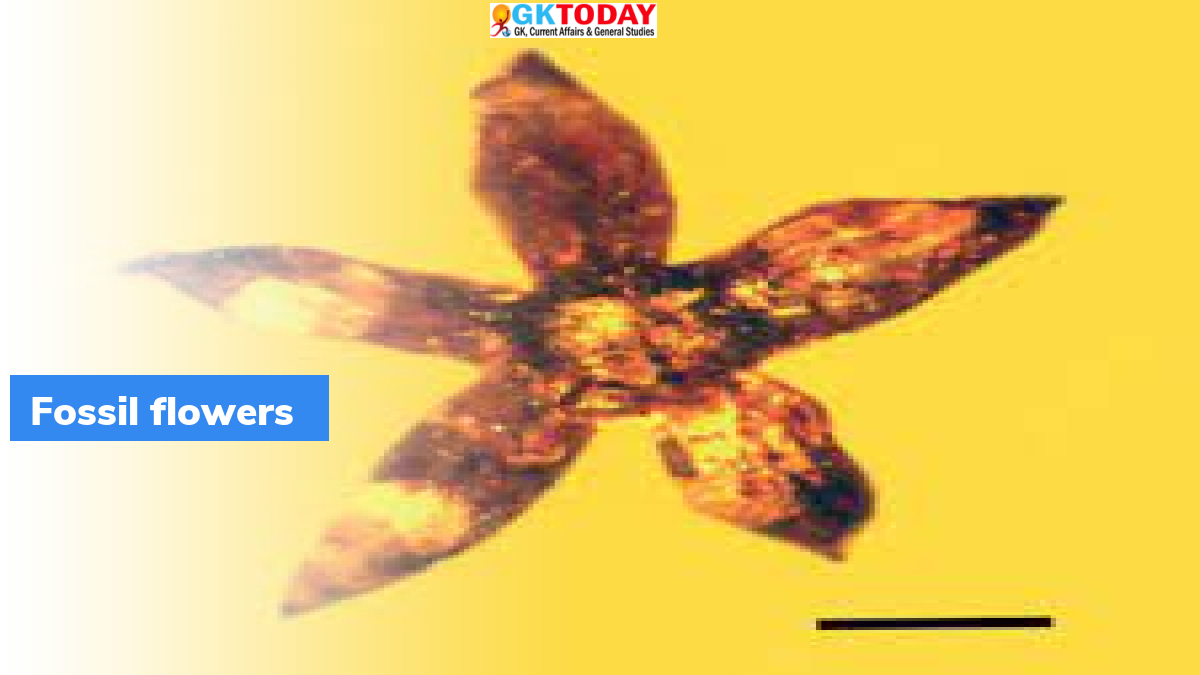Two new Fossil Flowers in Myanmar
The palaeontologists recently discovered two fossil flowers in Myanmar. The flowers lived by the end of Cretaceous period. They are some 100 million years old. The two flowers were Phylica piloburmensis and Eophylica priscastellata.
What does the discovery say?
The discovery of the two new fossil flowers implies that these flowers have sustained different evolutionary periods of the earth. Their counter parts are still living in South Africa. They are still in unmodified state. There are no significant changes between their modern counter parts. This means the flowers are sustaining the constantly changing ecosystem.
What is so special about the discovery?
Usually flowers turn into fruit or seed and vanish. And also, as compared to flowers, leaves are more resilient. The leaves actually hold greater ability and stamina for preservation. This makes the discovery of flowers in fossil records very rare. Thus, the new fossil flowers recently found in Myanmar are highly valuable because they are rare.
What astonished the scientists?
The flowering plants reproduce quickly. They have more detailed breeding mechanism. This promotes their evolution. Meaning they tend to change as days pass by. But there were no such changes in the new fossil flowers. By changes the scientists mean that, probably their leaves become greener, reduced in size to adapt to increasing temperature, flowers becoming larger or other changes. They have been the same for 100 million years! Even humans have changed and evolved in this duration. Hominids, the ancestors of humans lived 2 million years ago. There are evidential changes in humans as compared to hominids.
Role of fires
Scientists believe that fire is the inducing element. Fire forced the flowers to become strong and stay rigid to any form of change. 100 million years ago these flowers shaped themselves to survive on charred land surfaces. These flowers have survived the disaster that eradicated dinosaurs from the earth!
Month: Current Affairs - February, 2022
Category: Science & Technology Current Affairs


